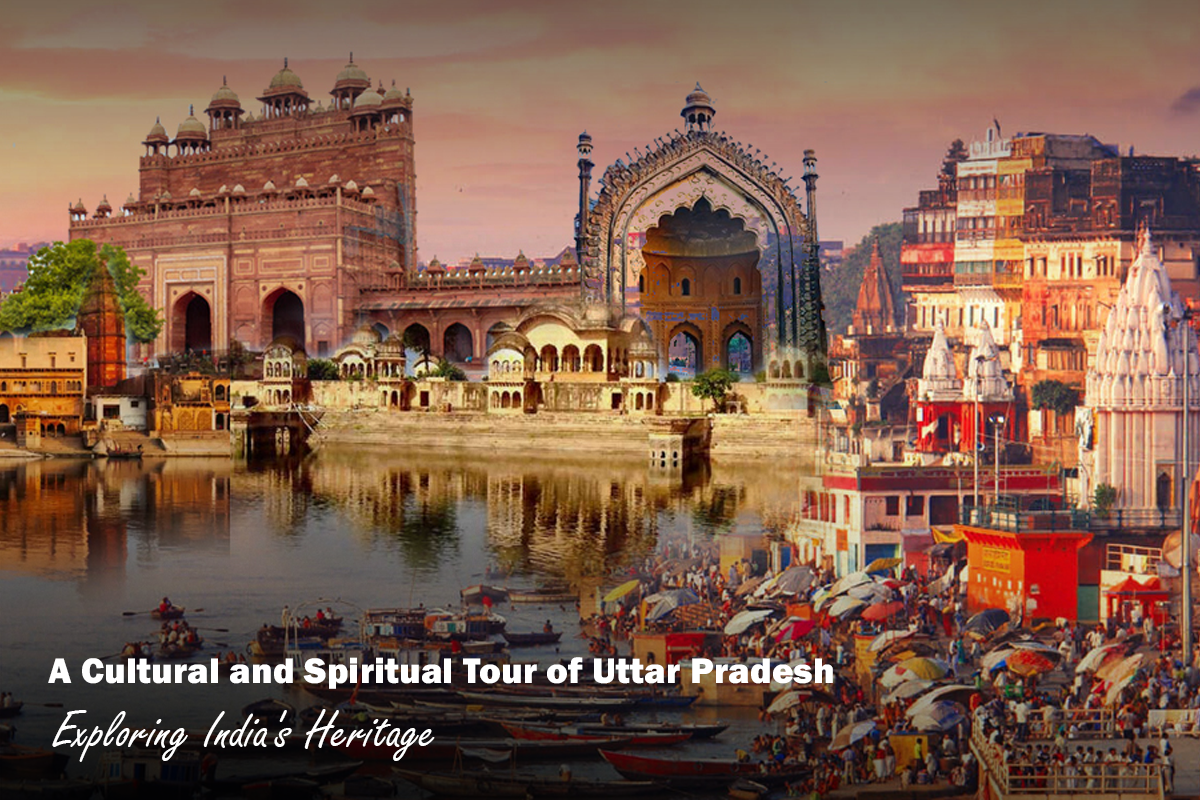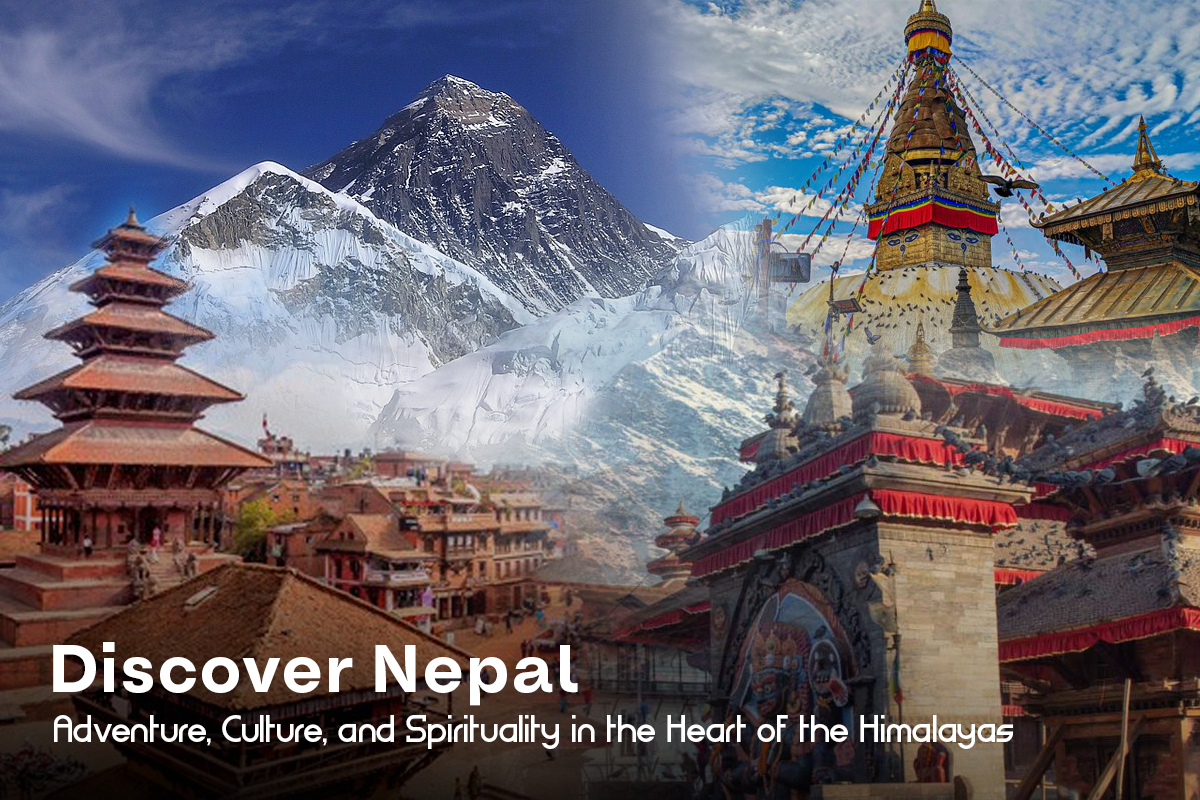Uttar Pradesh, located in northern India, is often referred to as the cradle of India’s civilization. It is a state deeply rooted in history, culture, and spirituality, making it one of India’s most significant travel destinations. This blog will offer a detailed guide to the must-visit cultural and spiritual sites in Uttar Pradesh:
- Varanasi
Varanasi, one of the oldest living cities in the world, is considered the spiritual capital of India. The city is a major pilgrimage site for Hindus, who come to bathe in the sacred waters of the Ganga River and perform rituals at the Ghats. The Ganga Aarti held every evening is a mesmerizing spiritual experience. This blog will explore the spiritual significance of Varanasi and its role in Hindu traditions. - Agra and the Taj Mahal
Agra is home to the world-famous Taj Mahal, one of the Seven Wonders of the World. Built by Mughal Emperor Shah Jahan in memory of his beloved wife, the Taj Mahal is a symbol of eternal love and architectural beauty. The blog will also cover other important monuments in Agra, including the Agra Fort and the Tomb of Itimad-ud-Daulah, showcasing the grandeur of the Mughal era. - Ayodhya
Revered as the birthplace of Lord Rama, Ayodhya holds immense significance for Hindus. The recent construction of the Ram Mandir has drawn attention to the city as a major pilgrimage destination. This blog will explore the history of Ayodhya, its role in the Ramayana, and why it’s a must-visit for spiritual travelers. - Sarnath
Located near Varanasi, Sarnath is where Lord Buddha gave his first sermon after attaining enlightenment. The site is revered by Buddhists and attracts visitors from around the world. Dhamek Stupa, Chaukhandi Stupa, and the Ashoka Pillar are among the significant landmarks in Sarnath. The blog will delve into the historical and spiritual importance of this ancient city. - Lucknow
Known for its Nawabi culture, Lucknow offers a glimpse into India’s Mughal and colonial past. Visitors can explore iconic landmarks such as the Bara Imambara, Rumi Darwaza, and Hazratganj, a bustling shopping district. This blog will also highlight Lucknow’s rich culinary heritage, which includes the famous kebabs and biryanis that are a legacy of the Nawabs. - Fatehpur Sikri
Built by Emperor Akbar in the 16th century, Fatehpur Sikri is a stunning example of Mughal architecture. Though it was abandoned shortly after its construction, the city remains well-preserved and is now a UNESCO World Heritage Site. Visitors can explore the Buland Darwaza, Jama Masjid, and the Tomb of Salim Chishti. This blog will explore the architectural and historical significance of Fatehpur Sikri.


